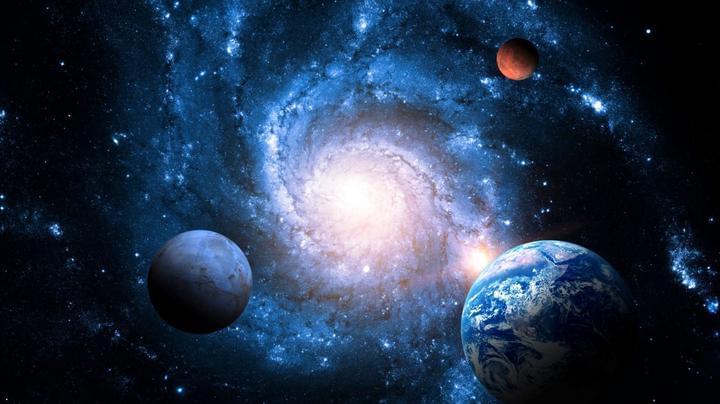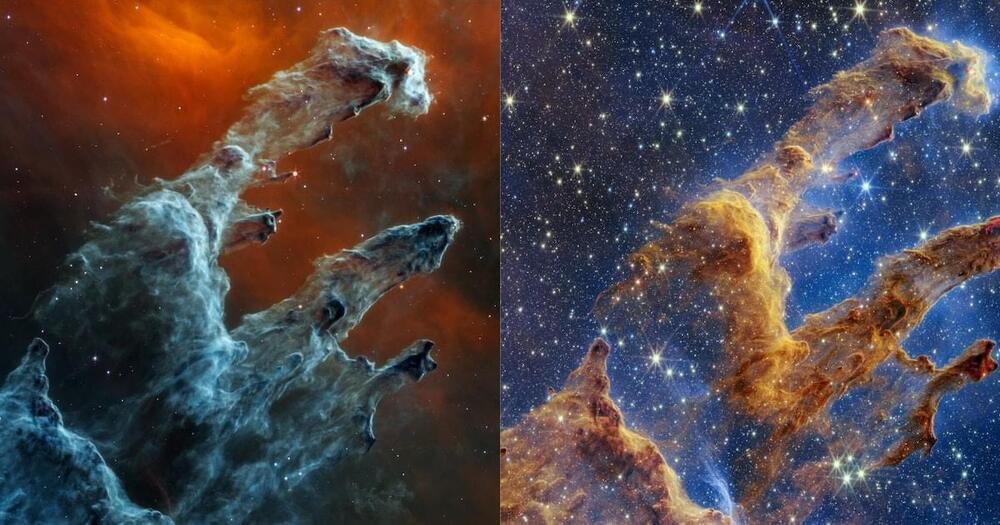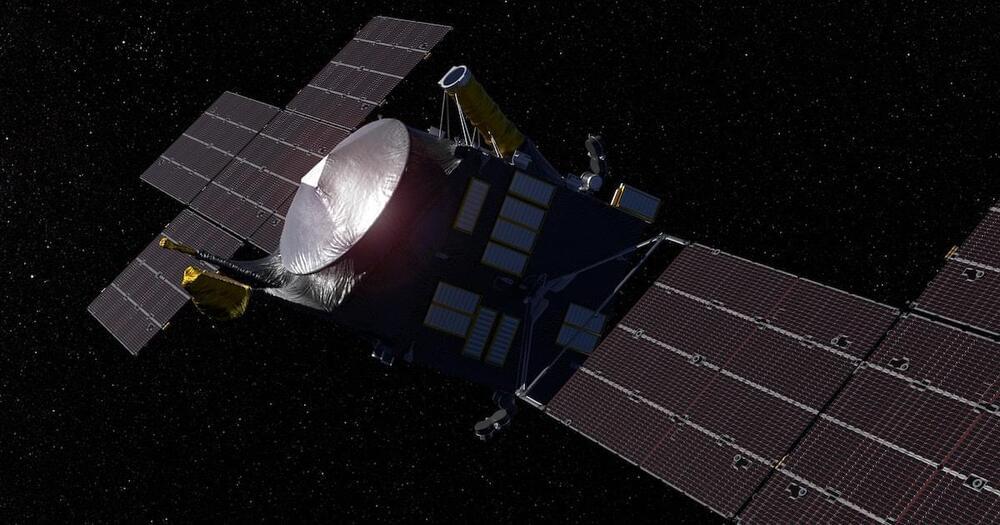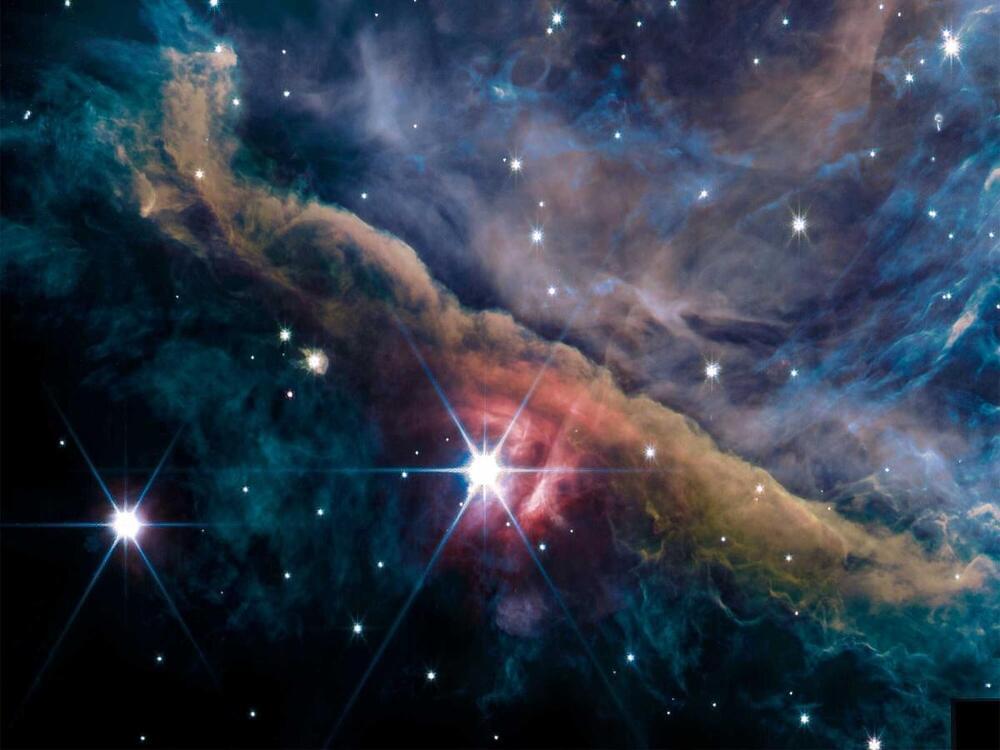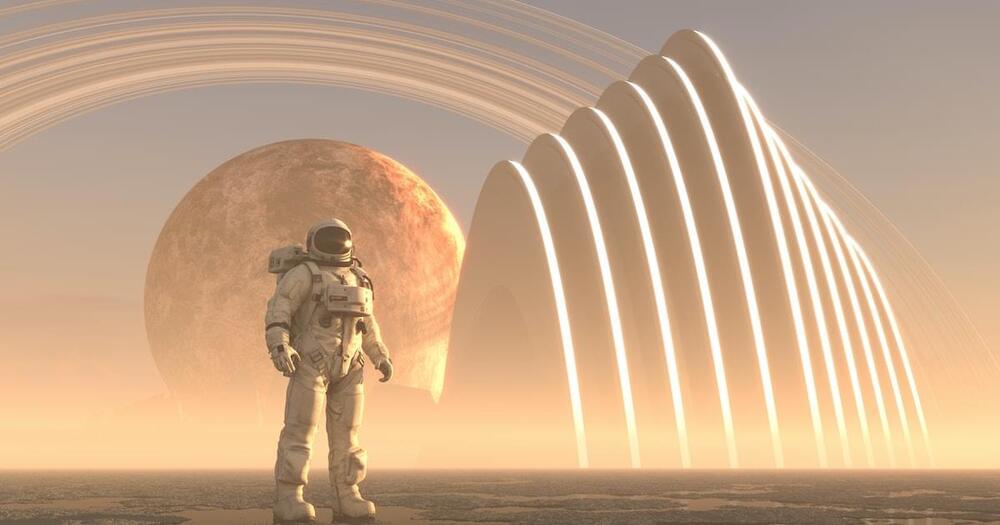The project, known as DAF-MIT AI Accelerator, selected a pilot out of over 1,400 applicants.
The United States Air Force (DAF) and Massachusetts Institute of Technology (MIT) commissioned their lead AI pilot — a training program that uses artificial intelligence — in October 2022. The project utilizes the expertise at MIT and the Department of Air Force to research the potential of applying AI algorithms to advance the DAF and security.
The military department and the university created an artificial intelligence project called the Department of the Air Force-Massachusetts Institute of Technology Artificial Intelligence Accelerator (DAF-MIT AI Accelerator).
Full Story:
The project and the pilot
A prototype of the project was signed with an executive order in 2019, and it had various strategies put into place in 2020. The collective team, known as the DAF-MIT AI Accelerator, commissioned their lead AI pilot last month. “In this pilot, [the cohort] will gain a practical grounding in AI and its business applications helping you transform your organizations into the workforce of the future,” said Major John Radovan, deputy director of the AIA.
